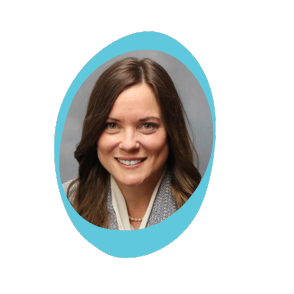The Stark Law creates a whole set of antikickback rules that providers must understand and actively work to comply with. And with all its good intentions, the Stark Law is incredibly restrictive. In fact, even the U.S. Court of Appeals for the 4th Circuit noted that “even for the well-intentioned healthcare provider, the Stark law has become a booby trap rigged with strict liability and potentially ruinous exposure.”
The Centers for Medicare and Medicaid (CMS) and Congress have taken steps to clear up confusion and loosen the rules in some cases (See our article on exceptions for value-based care). Still, your Compliance team has a tremendous responsibility to make sure that policies match the rules and that providers understand and follow the policies.
Policies match the Stark rules
Changes to the Stark Law have been coming out practically since the law was enacted. The law, which aims to protect against kickbacks and self-referrals, has gotten complicated in the details. Congress issues amendments to help the law catch up to changing business practices. Healthcare organizations may have written policies that facilitated compliance originally. However, those may be completely out-of-date if they weren’t keeping up with the changes in the law.
For example, CMS has introduced modifications that addressed challenges with value-based care and resolve issues restricting coordinated care and health data exchange. Another modification to the law was allowing healthcare providers to accept cybersecurity tech donations from stakeholders.
While the compliance officer enforces the policies, he or she doesn’t have to live them the way those in operations do. Getting input from key stakeholders such as providers, Risk Management, and others in the C-suite can help ensure that final policies are clear. This early feedback and engagement can also help identify how the policy or regulatory changes will affect the individuals who must operate under them. Lastly, they can help identify potential operational conflicts with new policies or regulatory changes.
(See how YouCompli delivers model policies and procedures that help your organization comply.)
Providers following the Stark policies
With compliant policies in place, it’s time to help providers understand how to follow them. This is where communicating what certain key terms in a policy or regulation means in the context of the provider’s particular work becomes critically important.
Compliance officers know that “the road to success is going to run through quality of care,” says Harry Nelson, health care attorney at Nelson Hardiman. “Compliance isn’t the internal police that slows things down, but a strategic part of growth.” When it comes to making sure providers understand how to follow policies, the compliance officer has to look at the language of the policy from the providers’ perspective, not that of the compliance officer.
Here are five steps to help providers understand and follow Stark-compliant policies:
- Engage your operational leaders. Make sure the president and CEO understand the nature and intent behind Stark limitations so they can help explain and reinforce them. Give situational examples they can relate to so they understand what the key terminology means.
- Invest in training and communication. One email won’t do it with changes to Stark-related policies. Engage providers in small groups, in writing, and in person to explain nuances and answer questions about tricky scenarios. Whenever possible, use real-world scenarios to help illustrate how the regulations and policies impact them. Education and training should also be routine and ongoing with key stakeholders.
- Get feedback. Regularly check in to gather feedback from your leaders. Find out if the implemented tools and procedures are working for them, as well as to identify challenges they face. This step will help you see areas where the words on paper mean something the compliance officer had not thought of. Adapt procedures and tools if necessary.
- Encourage people to ask questions. Make sure providers and your operational leaders alike know they can use you as a sounding board for grey areas or possible violations. It’s much better if they proactively ask if a proposed arrangement is compliant. Otherwise, they may have to unwind a relationship if they find out it is not compliant.
- Promote awareness to prevent future mistakes. Once an error is made, chances are it will reoccur and lead to additional violations. As you are addressing errors, promote awareness to prevent future mistakes. For example, when you are communicating the fact that a mistake was made, go the extra step to what caused it. This will be an opportunity to find out where their confusion was and use that insight to update policies or training.
Stark compliance starts with knowing about changes to the regulations and continues with crafting policies that providers can understand and follow. Involving stakeholders in policy creation and training, and engaging tech systems to reinforce the lessons will support the long-term success of Stark-compliant policies.
Do you have the tools you need to recognize and manage regulatory change across your organization? Find out how YouCompli can help you manage and coordinate your response to regulatory change or schedule a demo.
Subscribe for blog updates






